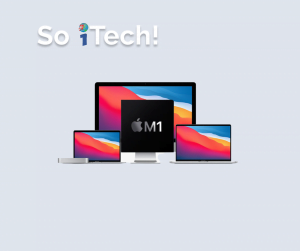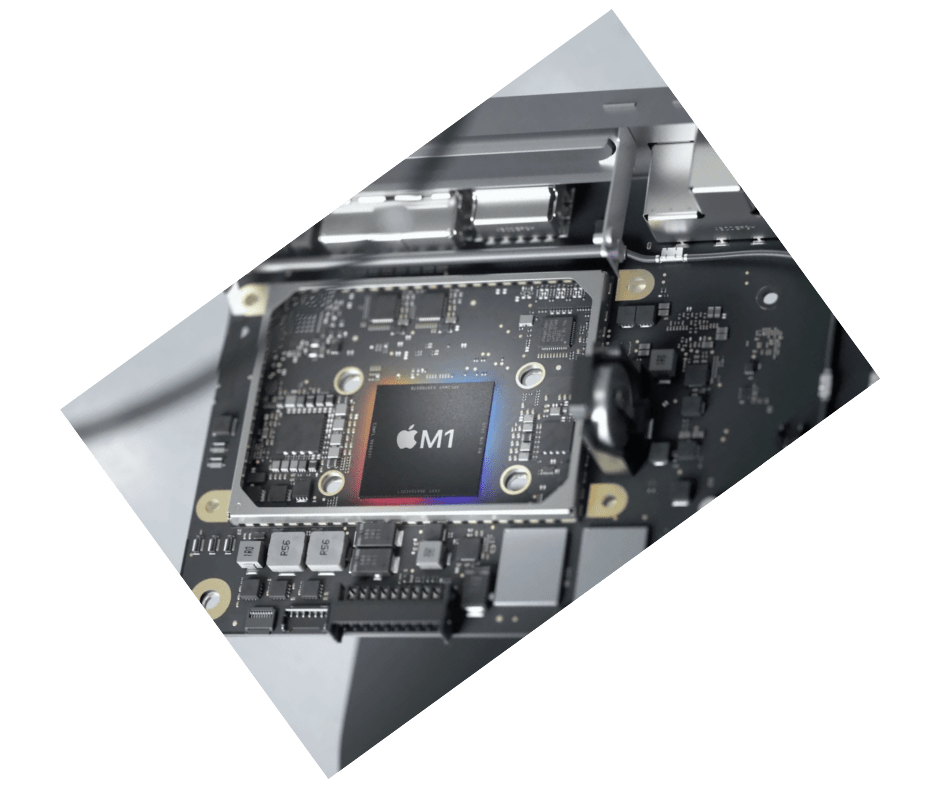IS THE M1 THE FUTURE OF PERSONAL COMPUTERS?

After months of rumors, Apple has finally revealed the specs of the M1, its first custom ARM processor that will power future Macs. Although the company emphasizes speed and performance, its characteristics don’t bring a complete picture of how the M1’s performance really compares to other laptop processors, especially without clock speed numbers.
During last Tuesday’s event (10), we got a taste of what the M1 can bring to new Macs. And if it depends on the promises, it could be a strong competitor in the market dominated by Intel and AMD. We’ve listed below the most important points of Apple’s new notebook chip that you might not have paid attention to and how they should perform in practice.
What is it ?
The M1 is a system-on-a-chip (SoC) processor, which means the CPU, GPU and RAM are all contained in a single chip, as are Intel’s 11th generation Tiger Lake mobile processors and the A14 from Apple on the iPhone 12. This allows each component to communicate more efficiently for faster processing times and lower latency, and also reduces power consumption.
The M1 chip is optimized for low power consumption systems. That’s good, especially since some of the first products that will have the new M1 chips are the new MacBook Air and Mac Mini, two computers that need low power consumption because they don’t have much space for cooling, not to mention the fact that the new Air doesn’t even have a fan.


How it should be in practice
If we’re just going to use transistors, then for sure the M1 outperforms Intel and AMD. But ultimately, the number of transistors is related to the overall goals and design style of the CPU itself, so a chip with fewer transistors could still be more powerful depending on the rest of its design. So exactly which laptop chip is Apple comparing itself to?
If you look at the latest versions of the Mac Mini, MacBook Air and MacBook Pro, both the Mini and Air had an 8th generation Intel. The Pro was 10th generation.
On this processor, Intel uses something called hyper-threading, which doubles the thread count compared to the total number of cores. This increases performance so that each core can execute two instruction streams at the same time instead of just one, so it processes twice as much information. Intel also implements on all of its cores something called clock scaling, which automatically adjusts itself to the workload being performed.
Apple used the M1 chip in lower-end Macs, and when it comes to CPU performance, the M1 beats out even the highest-end chips used in Intel Apple’s notebook lineup. The M1 chip has the fastest single-core performance of any Mac, and the multi-core performance isn’t too far off from many of Apple’s desktop machines.
Apple is still selling Intel 13-inch MacBook Pro and Mac mini models, and performance-wise, the M1 versions of these Macs offer much faster CPU speeds. It’s not a good idea to buy a non-M1 version of the 13-inch MacBook Pro or Mac mini at this time because of the inferior performance unless compatibility with x86 apps and the option to run Windows is a concern.
Other Macs in Apple’s lineup will be transitioning to Apple Silicon chips in the future, which is something to keep in mind when considering a purchase.